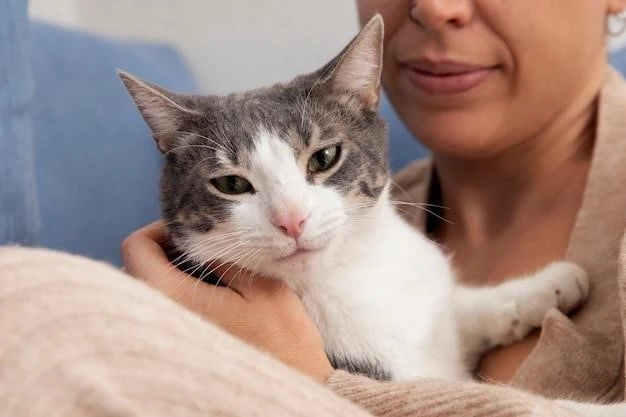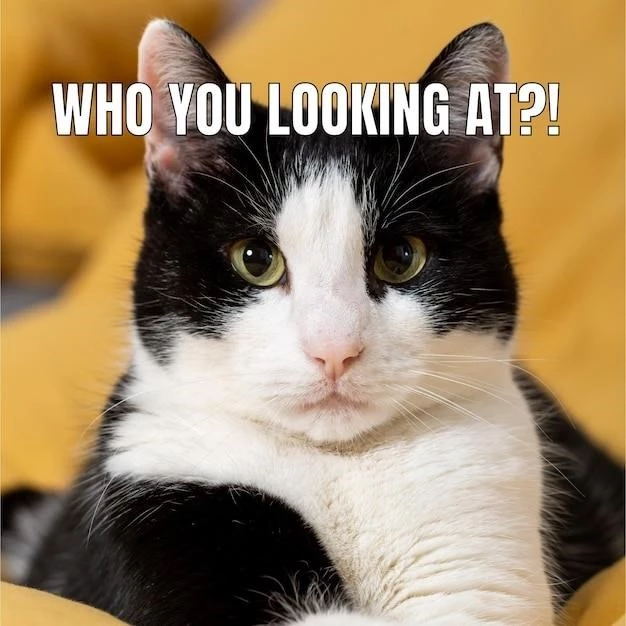Why Do Cats Purr? It’s Not Always What You Think
As a cat owner, I’ve always found myself mesmerized by the soothing sound of my cat, Mittens, purring. For the longest time, I, like many others, believed that purring was simply a sign of a happy cat. However, after some curious incidents where Mittens purred in seemingly odd situations, I decided to dig deeper. It turns out, the world of cat purrs is far more complex and intriguing than I initially thought.

The Purr That Started It All
It all began when Mittens was recovering from a minor surgery. She wasn’t her usual playful self and spent most of her days resting. What struck me was her constant purring, even when she seemed uncomfortable. It was then that I realized there must be more to this rumbling sound than meets the eye.
A Language Beyond Words
My research led me to fascinating insights. While purring is often associated with contentment, it’s essentially a cat’s way of communicating, and their vocabulary extends far beyond simple happiness. Here are a few surprising things I learned about why cats purr:
1. Self-Soothing Mechanism
Cats, like humans, experience stress and anxiety. It turns out that purring, with its rhythmic vibrations, can actually help calm them down. Think of it as a cat’s version of meditation or listening to soothing music. This explains why Mittens was purring even when she was recovering from surgery. It was her way of coping with discomfort and promoting healing.
2. A Healing Power?
Interestingly, some studies suggest that the frequency of a cat’s purr (typically between 25-150 Hz) might have therapeutic benefits. These frequencies are known to promote bone growth, wound healing, and pain relief. While more research is needed, it’s a fascinating possibility that cats might be using their purrs to aid in their own recovery.
3. “Feed Me” Serenade
I’ve noticed that Mittens often starts purring right around dinner time, especially if I’m running a bit late. As it turns out, cats have cleverly learned to manipulate their purrs to their advantage. The “solicitation purr” is a cat’s way of sweetly (or not so subtly) reminding us that their food bowl needs attention. They may even incorporate a high-pitched meow into their purr, making it extra difficult to resist their pleas.
4. A Mother’s Lullaby
Purring isn’t just for grown-up cats. It starts from the moment they are born. A mother cat uses her purr to soothe and bond with her kittens, while the kittens, still deaf and blind, use the vibrations to locate their mother and feel secure. This early communication lays the foundation for a lifetime of purr-filled interactions.

Deciphering the Purr
Learning about the various reasons cats purr has made me a more attentive cat owner. While a purr is often a sign of a happy and content cat, it’s essential to pay attention to the context. Here are a few things to consider:
- Body Language: Is your cat relaxed and displaying other signs of happiness, such as slow blinks or gentle tail movements? Or are they tense, hiding, or showing signs of pain?
- Situation: Did something change in their environment? Are they seeking attention or food? Considering the situation can help determine the meaning behind their purr.
- Unusual Behavior: If your cat’s purring is accompanied by changes in appetite, litter box habits, or energy levels, it’s essential to consult with a veterinarian to rule out any underlying medical conditions.
A Deeper Bond
Understanding why cats purr has undoubtedly strengthened the bond I share with Mittens. It’s allowed me to see beyond the surface and appreciate the complexity of her communication. So, the next time you hear your feline companion purring, take a moment to listen closely. You might be surprised by what you discover.










